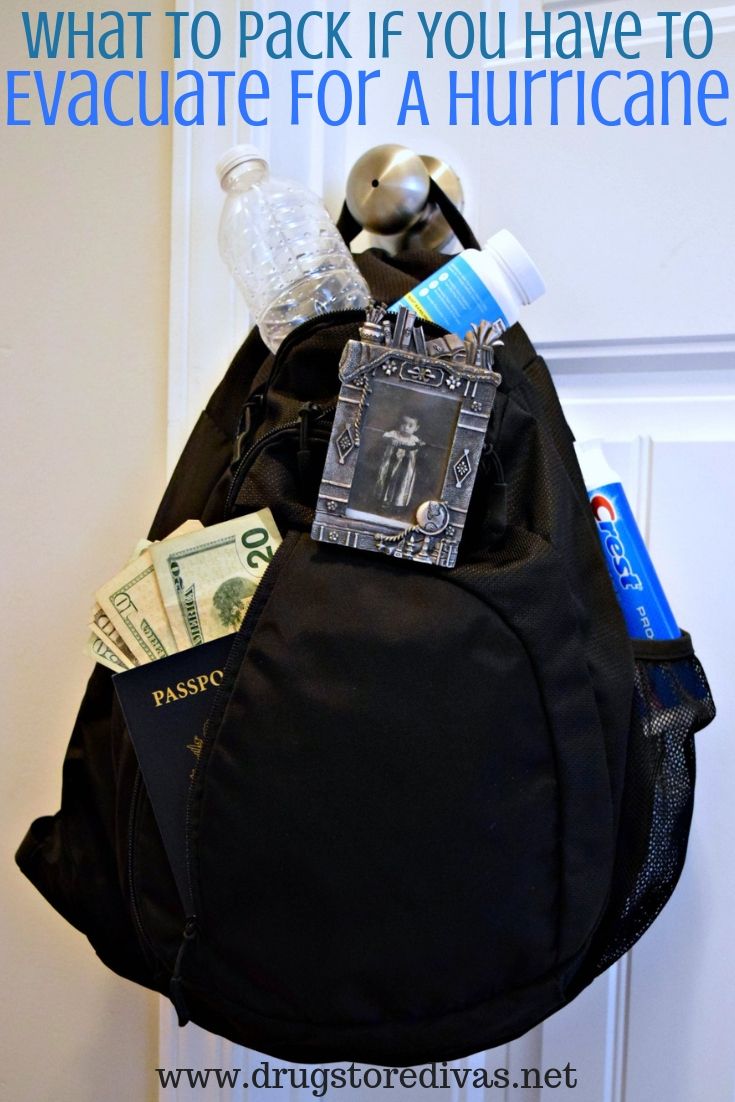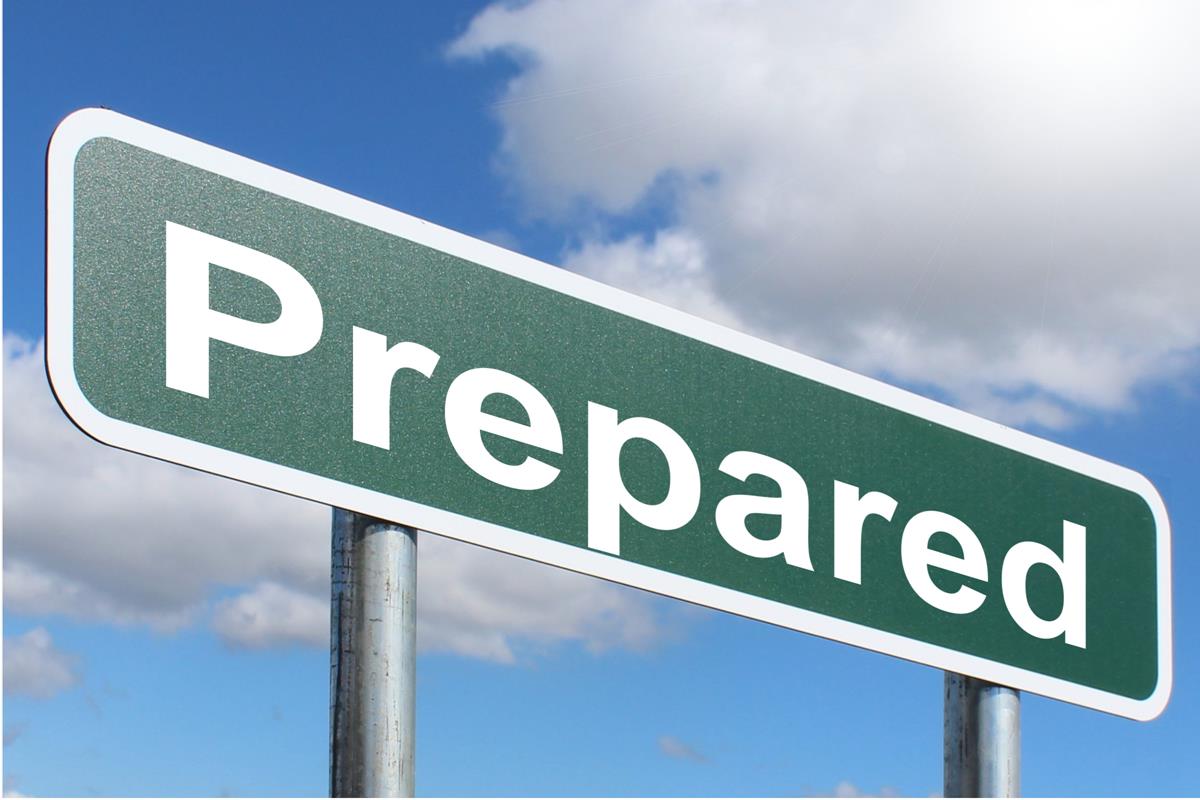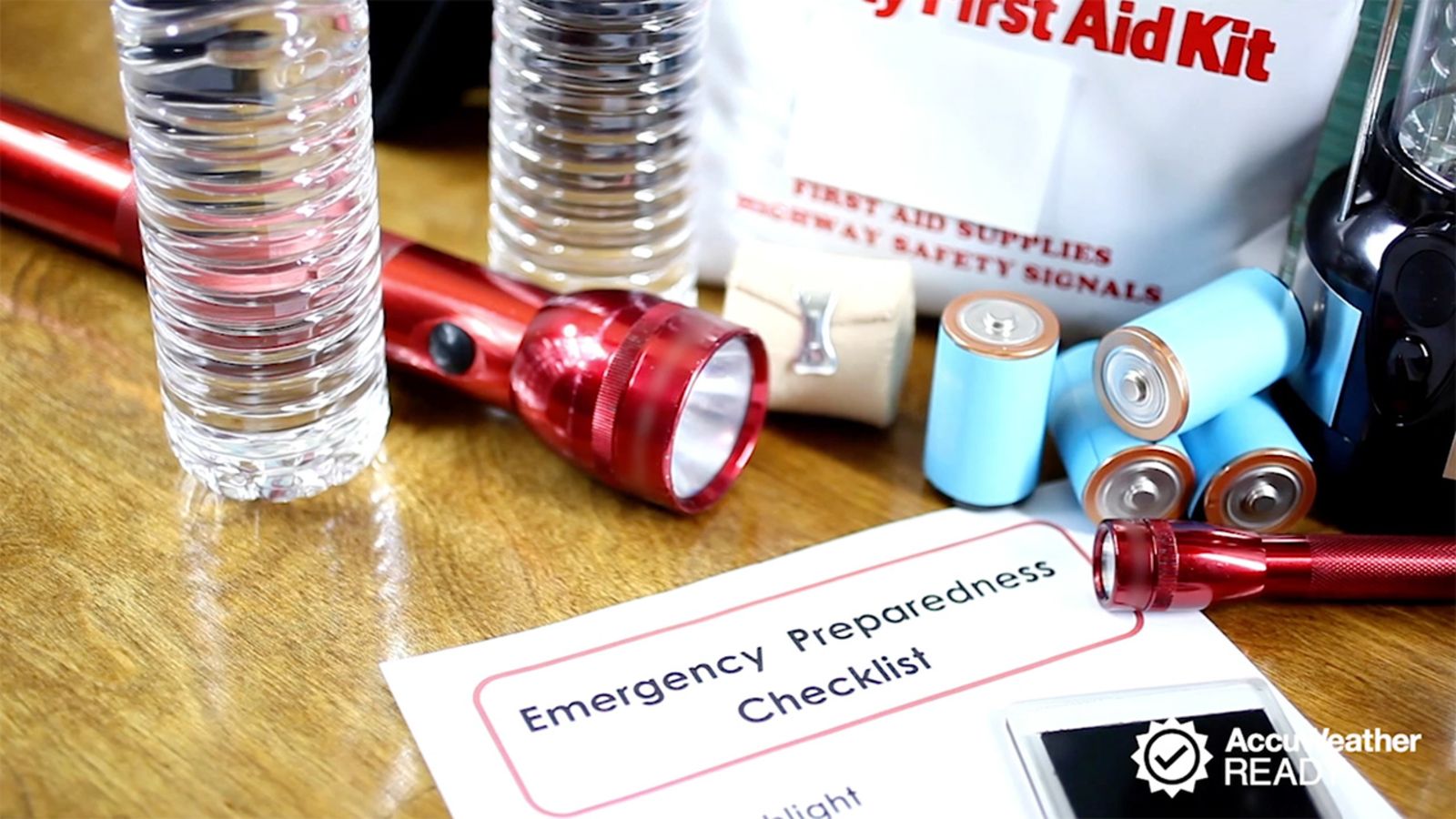1. Navigation Tools:

- Map: A detailed, up-to-date map of your area.
- Compass: A reliable compass to help you navigate, even without electricity.
2. First-Aid Kit:
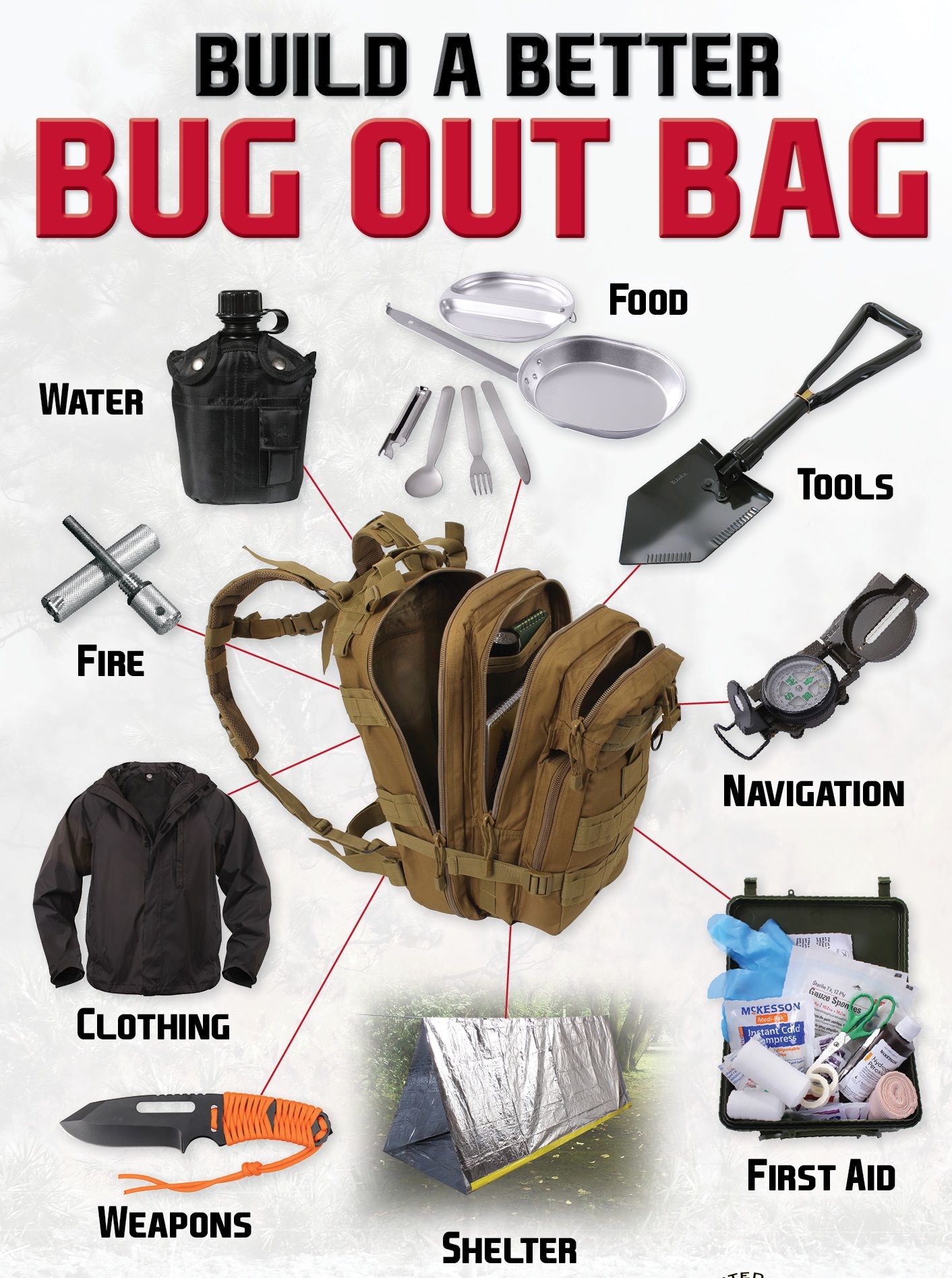
- Bandages: Various sizes for different wounds.
- Antiseptic wipes: For cleaning wounds.
- Pain relievers: Over-the-counter pain medication.
- Antihistamines: To help with allergies or insect bites.
- Antibiotics: If you have access to prescription antibiotics, include them.
3. Communication Devices:
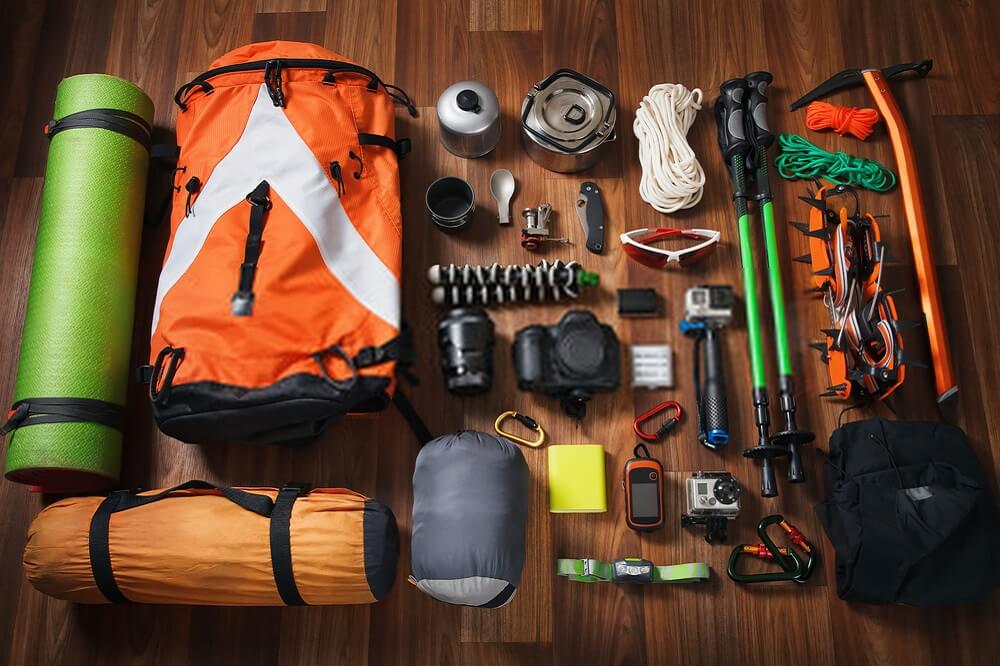
- Two-Way Radio: For communicating with others in your group.
- Cell Phone with extra Battery: For emergencies or contacting help.
4. Water Storage and Purification:
- Water Bottles: Several containers for storing water.
- Water Purification Tablets or Filters: To make contaminated water safe to drink.
5. Food and Nutrition:
- Non-Perishable Food: Canned goods, energy bars, dried fruit, nuts.
- Cooking Utensils: If you plan on cooking over a fire.
6. Shelter and Warmth:
- Tent: A lightweight, waterproof tent for shelter.
- Sleeping Bag or Blanket: For warmth during the night.
- Matches or Lighter: To start a fire for warmth or cooking.
7. Clothing and Gear:
- Rain Jacket: A waterproof jacket for protection from rain.
- Hiking Boots: Sturdy and comfortable footwear for outdoor travel.
- Extra Clothing: A change of clothes, including socks and underwear.
8. Personal Hygiene and Sanitation:
- Toilet Paper: A sufficient supply for personal hygiene.
- Hand Sanitizer: To keep hands clean and sanitized.
- Moist Towelettes: For personal cleaning.
9. Multi-Purpose Tools:
- Multi-Tool: A tool with various functions, such as a knife, pliers, screwdriver.
- Duct Tape: For repairs and securing items.
10. Emergency Cash and Documents:
- Cash: Small bills and coins, as electronics may not work in an emergency.
- Important Documents: Copies of ID, insurance information, and medical records.
11. Miscellaneous Items:
- Flashlight: With spare batteries.
- Sunscreen: Protect your skin from harmful UV rays.
- Sunglasses: To protect your eyes from bright sunlight.
- Whistle: For signaling for help.







